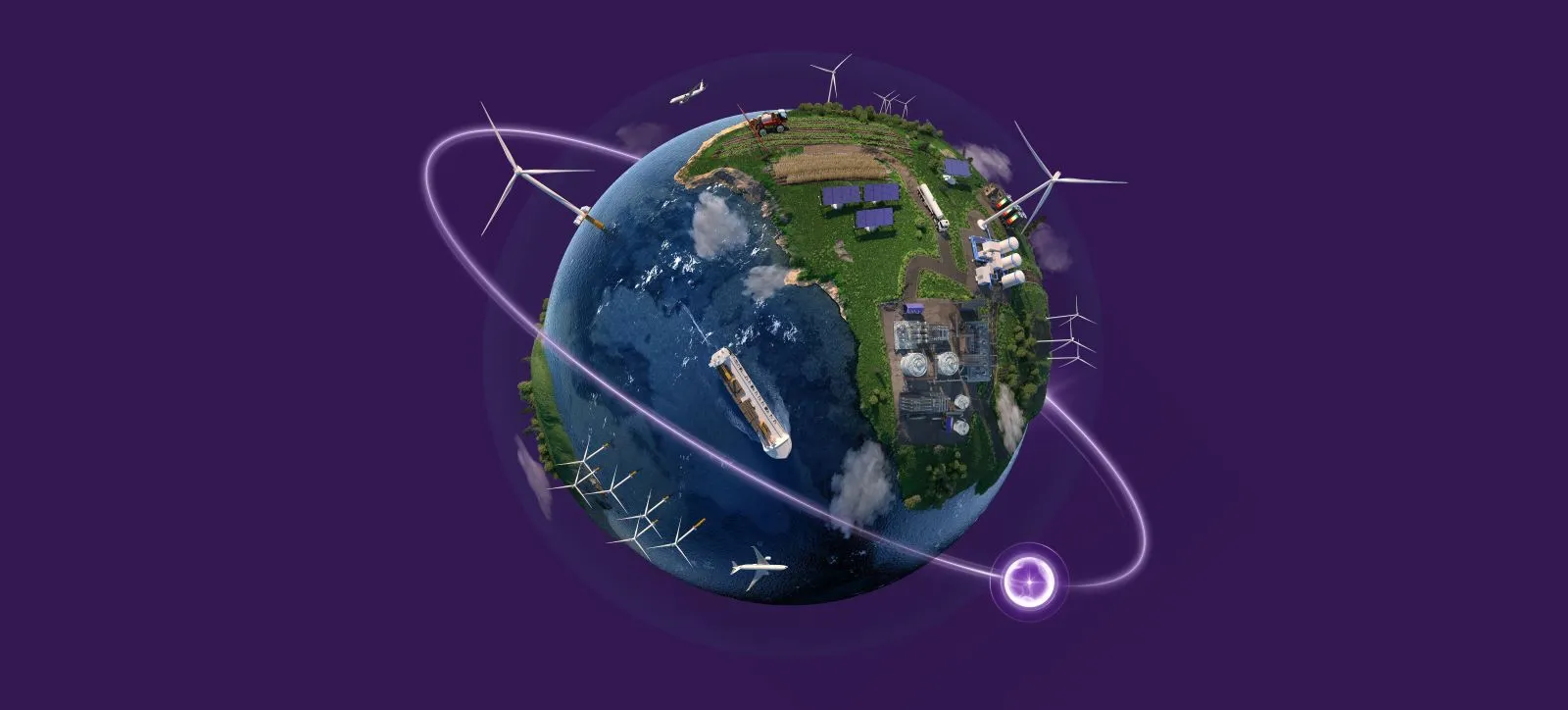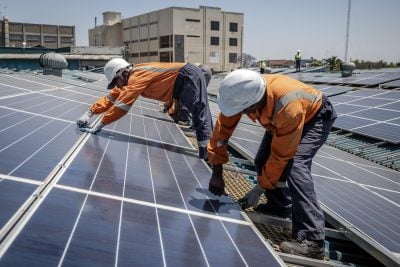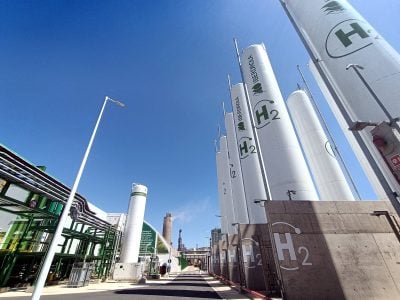This article was produced with the support of Siemens Gamesa
Energy experts presented green hydrogen as a viable solution on both fronts at a recent webinar and publication of a new whitepaper, ‘Unlocking European Energy Security with clean, affordable and domestically produced renewable energy and green hydrogen’. The paper, published by Siemens Gamesa Renewable Energy presents a convincing case for green hydrogen in helping secure Europe’s long-term energy supply and meeting net-zero targets.
With increasing energy interdependence globally, will a transition from fossil fuels to renewables and green hydrogen in Europe impact Africa? As the continent with one of the least developed renewable energy sectors, what are the prospects for green hydrogen in Africa?
A green route to carbon neutrality
Hydrogen has been used as a fuel for decades. It is produced by using electrolysis to split water molecules. When renewable energy is used for its production, the result is green hydrogen, a carbon-neutral gas that can be transported via pipeline and storage containers to where it is required.
According to the ‘Unlocking European Energy Security’ whitepaper, green hydrogen is the only viable option to reduce the greenhouse gas emissions from heavy industries such as fertilisers, cement, iron, and steel and as a fuel for long-haul aviation, trucking, and ships.
Energy expert Fernando de Sisternes, formerly of the World Bank agrees, “Green hydrogen offers developing countries the possibility of producing a local clean fuel that can be used to decarbonize hard-to-electrify activities, while enhancing energy security.”
Some experts believe net-zero is impossible without it. “Green hydrogen is the only viable alternative to slash greenhouse gas emissions from energy-intensive industries. But for it to reach scale and competitiveness, green hydrogen needs a seismic shift in the scale and speed of renewables roll-out,” said Dr Jochen Eickholt, CEO of Siemens Gamesa Renewable Energy.

Green hydrogen and Africa
With abundant renewable resources – nonarable land, sun, wind and hydropower – Africa is rich in many of the ‘raw materials’ required to produce renewable energy at scale, which can, in turn, be used to manufacture green hydrogen. According to the World Economic Forum 9% of all energy generated in Africa came from renewable sources in 2020, of which 6.8% came from hydropower.
Several African countries are actively pursuing UN SDGs and implementing renewable energy plans. Egypt has committed to source 42% of its total electricity from renewable energy by 2035 and Morocco has a renewable energy target of 52% by 2030. South Africa intends to install an additional 3.3 GW of wind energy capacity over the next five years, to cover around 20% of the country’s energy consumption.
Several green hydrogen initiatives are already underway on the continent:
The Africa Green Hydrogen Alliance was formally launched at the first-ever Green Hydrogen Global Assembly in Spain last month (May 2022). Founding partners Egypt, Kenya, Mauritania, Morocco, Namibia, and South Africa are encouraging other countries to join in developing a robust green hydrogen ecosystem.
Egypt and Zimbabwe have already installed over 100 megawatts of electrolysers and there are plans in place to build further green hydrogen projects in Egypt, Mauritania, Morocco, Namibia and South Africa.
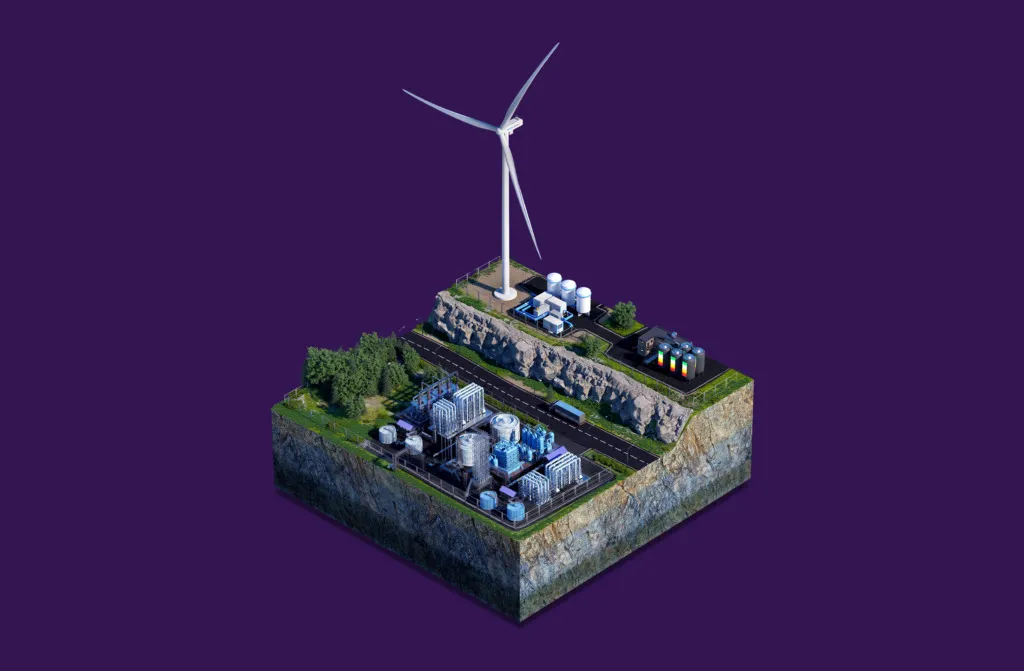
Challenges and opportunities
The International Renewable Energy Agency (IRENA) advocates renewable energy as an answer to many of Africa’s economic, environmental and social challenges; a way to overcome energy poverty and support development without damaging human health or the environment.
Africa is heavily reliant on fossil fuels for power and they account for around 50% of export revenue in the sub-Saharan region, according to the World Bank. Although a shift to renewables is likely to reduce fossil fuel exports from Africa, it also brings export opportunities.
Several countries are already benefitting from the increased global demand for mineral resources used in the production of batteries and wind turbines – nickel, copper, and cobalt. And there is also enormous potential to increase exports of renewable energy.
In March, the EU announced an additional 10 million tonnes of green hydrogen imports per year, as part of the RepowerEU plan to offset Russian gas supplies. This is in addition to the EU’s existing target of consuming 20 million tonnes of green hydrogen by 2030, with 10 million tonnes locally produced in Europe and the other half imported.
At the same time, there is enormous potential to increase renewable energy exports. The European Union is working to shift to green hydrogen by 2050, with imports from Africa and other regions part of the equation. In March, an additional 10 million tonnes of green hydrogen imports per year was announced, as part of the RepowerEU plan to offset Russian gas supplies.
The International Renewable Energy Agency (IRENA) advocates renewable energy as an answer to many of Africa’s economic, environmental and social challenges; a way to overcome energy poverty and support development without damaging human health or the environment.
It can create jobs. For example, the green hydrogen facility planned for the Northern Cape region of South Africa is forecasted to create 20,000 jobs by 2030. The IRENA African Development Bank (AfDB) report anticipates Africa’s energy transition can create 26 million jobs by 2050.
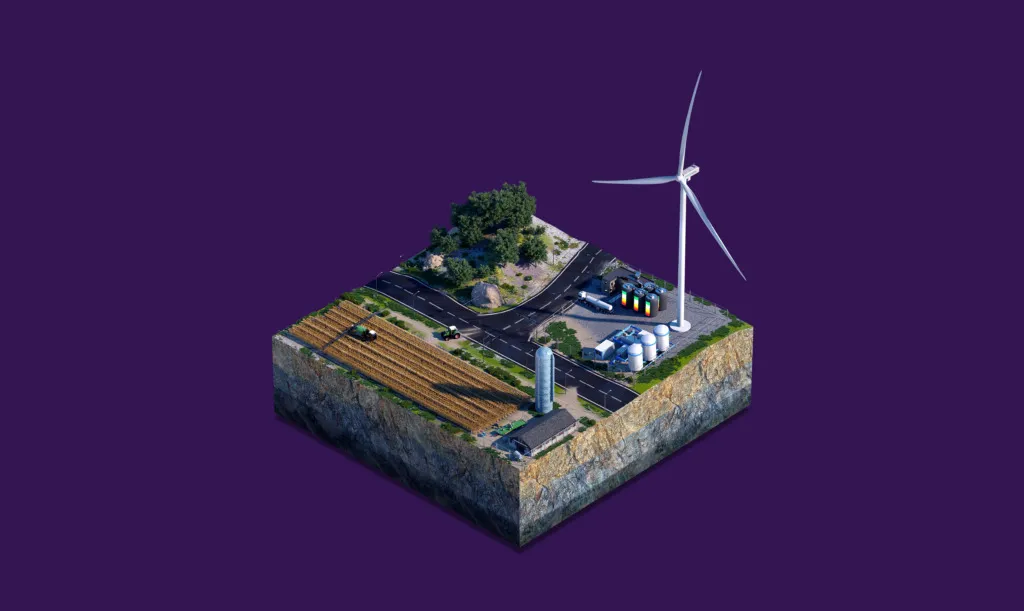
Requirements
Significant investment is required to develop production capabilities, transport, and other infrastructure. Unlike some areas of the world where existing infrastructure e.g., natural gas pipelines can potentially be repurposed, a green hydrogen economy in Africa will require major investment which is currently lacking. A recent IRENA report, in collaboration with the AfDB, showed that in the past two decades only 2% of global renewable energy investment went to Africa.
This appears to be changing. There is some international recognition and commitment to growing a green hydrogen economy in Africa. The H2Atlas-Africa project – a joint initiative of the German government and sub-Saharan African partners aims to produce 165,000TWh annually in West Africa across several projects. Germany has also signed partnerships with Namibia and the Democratic Republic of the Congo, as well as collaborative projects with South Africa and Morocco.
A supportive legislative framework is crucial. According to IRENA and the AfDB, an integrated energy transition framework could attract sustainable energy investment to grow the regional economy by 6.4% by 2050.
With access to finance, technology and a more supportive legislative framework, Africa can realise this renewable energy potential, help secure energy supplies globally and become a significant contributor to a fairer global energy transition. To this end, Europe and Africa together can exercise much greater influence within the green hydrogen sector, thus forming a strong, inclusive, and green hydrogen transformation.

 Sign in with Google
Sign in with Google 